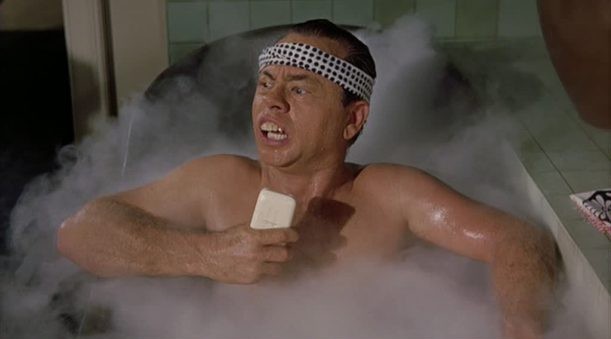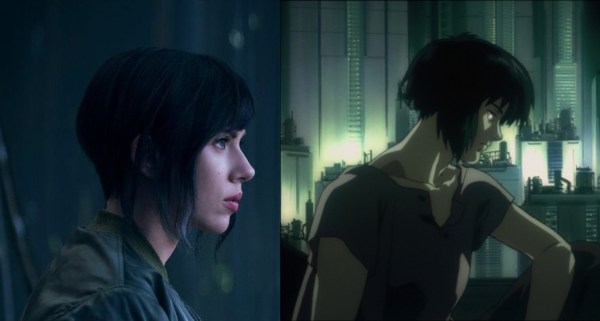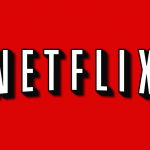By William Page
FilmDoo Co-founder
Hollywood’s “whitewashing” practice is once again in the spotlight as fans are outraged at the casting of Scarlett Johansson and Tilda Swinton as traditionally Asian characters in upcoming features Ghost in the Shell and Doctor Strange respectively. Rather unsurprisingly, everyone involved in the industry has a different opinion on these new “whitewashing” issues. The question is, why can’t Hollywood shake off this institutionalized system of casting white actors for characters from diverse ethnic backgrounds?
In a Hollywood context, whitewashing is the practice of employing white performers to play characters with non-white ethnic origins. In the early 20th century, white actors portrayed characters of diverse ethnic backgrounds by wearing distinct makeup and adopting exaggerated mannerisms in speech and body language. Warner Oland as the title character in the popular Charlie Chan series and Mickey Rooney’s infamous performance as Mr. Yunioshi in 1961’s Breakfast at Tiffany’s are two such cases that spring to mind. During these times, some would argue that there were simply not that many suitably qualified actors of ethnic origin working within the industry. More to the point, racial discrimination was still a norm, with the socio-political views of audiences leaning towards white supremacy in America, giving studios incentive to opt for easy caricatures in their presentations of other races.

Moving forward to the 21st century, diversity and cultural integration have become apparent and culturally embedded as economies progress towards globalisation. One impact of this is the availability of creative content from different ethnic and cultural communities. Audiences now widely consume Japanese anime and manga, Bollywood movies and African music, which in turn has helped create awareness of other cultures as well as a demand for the authenticity in depicting these cultures in mainstream movies and other media outlets. Hollywood’s practice of whitewashing is now deemed inappropriate and discriminating. A great example of this was the casting of Rooney Mara as Tiger Lily in the 2015 movie Pan, which led to an online petition gathering 94,000 signatories with the hope of persuading the studio to “Stop Casting White Actors to Play People of Color!”
Tom Rothman, Chairman of Sony Film Studio, told the BBC in 2015, “I guess there’s a certain institutional force and memory that exists out there. I think the industry’s improving but I certainly agree with those who say we haven’t come far enough.” The institutional force of racism and whitewashing is still at play with the casting of Caucasian actors. And although the United States is a cultural melting pot, it is also argued that there is still a tendency for studios to gravitate towards the familiar. Consequently, Hollywood’s predominantly white executives often prefer to cast people of the same background. Does this mean that the clamour of audiences for more authentic content is falling on the deaf ears?

If we switch the perspective a little, the more important question becomes whether the value of presenting authentic, diverse content could ever be enough to get studios to diverge from the “˜safe’ route of employing familiar A-list actors to ensure financial gains. Studios risk millions of dollars making, marketing and distributing movies. If the movie is a hit worldwide, studios make a profit but will still need to count on ancillary markets to maximize their revenues. This may take a year or two because of the present distribution chain. This chain, however, is being disrupted by the proliferation of piracy through peer to peer file sharing and illegal acquisition of digital and DVD copies, cutting a large chunk out of studio profits. Arguably the real problem of the film industry, the one that facilitates institutional racism and community practices, is the inability to cope with the changing market places for distribution and the role of new business models. Nonetheless, the system, as it stands, falls short when it comes to addressing the need for change. Instead, studios rely on early 20th century practices that are no longer effective in capturing audience interest, while consumers looking elsewhere become more exposed to authenticity and creative content.





